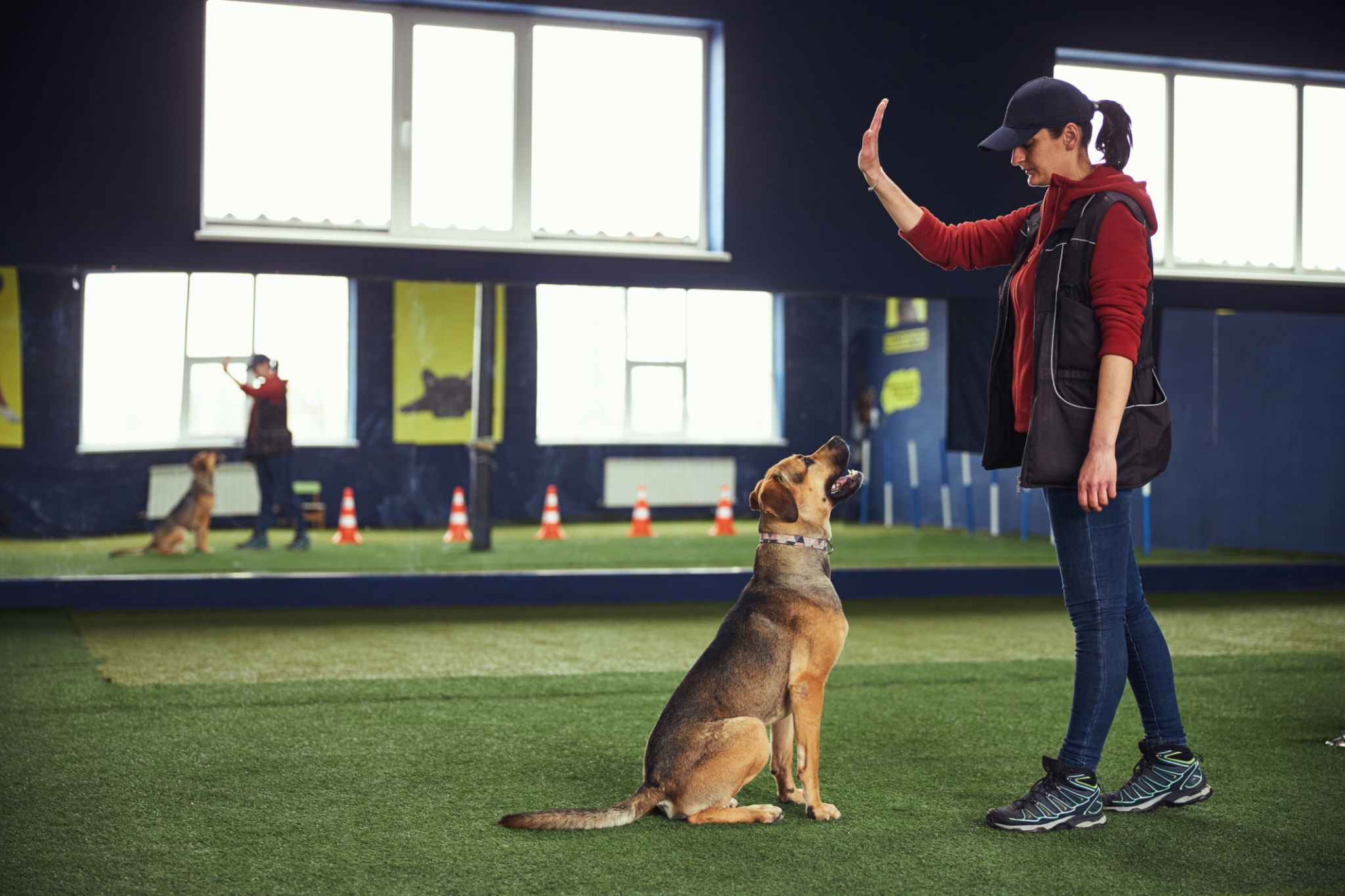Level 1 and Level 2 Obedience Training: Understanding the Differences
Understanding Level 1 and Level 2 Obedience Training
Dog training is an essential part of ensuring that your furry friend grows into a well-behaved and happy member of your family. Obedience training is often divided into different levels to help owners and their pets progress at a comfortable pace. In this post, we’ll explore the key differences between Level 1 and Level 2 obedience training to help you determine which is right for your dog.

What is Level 1 Obedience Training?
Level 1 obedience training is often referred to as basic obedience training. This level focuses on teaching dogs fundamental commands and ensuring they understand the basics of being well-behaved at home and in public. The primary goal of Level 1 training is to establish a foundation of good behavior.
During Level 1 training, dogs typically learn commands such as:
- Sit - Teaching your dog to sit on command.
- Stay - Helping your dog remain in one place until released.
- Come - Ensuring your dog returns to you when called.
- Leave it - Encouraging your dog to ignore distractions.
This level is suitable for puppies and adult dogs who are new to formal training. The focus is on positive reinforcement techniques, rewarding good behavior with treats or praise.
Advancing to Level 2 Obedience Training
Once a dog has mastered the basics, it's time to consider Level 2 obedience training. This intermediate level builds on the foundational skills learned in Level 1 but introduces more challenging scenarios and commands. The goal is to improve your dog's reliability and responsiveness in various environments.

In Level 2, dogs may work on:
- Heel - Walking politely on a leash without pulling.
- Advanced Stay - Remaining in place with increased distractions.
- Distance Commands - Responding to commands from a distance.
- Focus and Attention - Maintaining eye contact and focus despite distractions.
This level also involves more complex training scenarios, such as off-leash exercises or working in busy public spaces. It requires greater consistency and patience from both the owner and the dog.
Choosing the Right Training Level for Your Dog
The decision between Level 1 and Level 2 obedience training depends largely on your dog's current skill level and behavior. If your dog struggles with basic commands or has never undergone formal training, starting with Level 1 is a wise choice. This ensures that your pet has a solid understanding of essential commands before moving on to more advanced tasks.

For dogs that have successfully completed Level 1 or already exhibit strong obedience skills, Level 2 can offer additional challenges and help refine their abilities. This can be particularly beneficial for working dogs, service animals, or those participating in dog sports.
The Benefits of Obedience Training
No matter which level you choose, obedience training provides numerous benefits for both you and your furry friend. A well-trained dog is not only more pleasant to be around but also safer. Training enhances the bond between you and your pet, fosters better communication, and contributes to a harmonious household environment.
In conclusion, understanding the differences between Level 1 and Level 2 obedience training can guide you in providing the best education for your dog. Whether you start with the basics or jump into advanced skills, the journey of training will bring joy and fulfillment to both you and your pet.